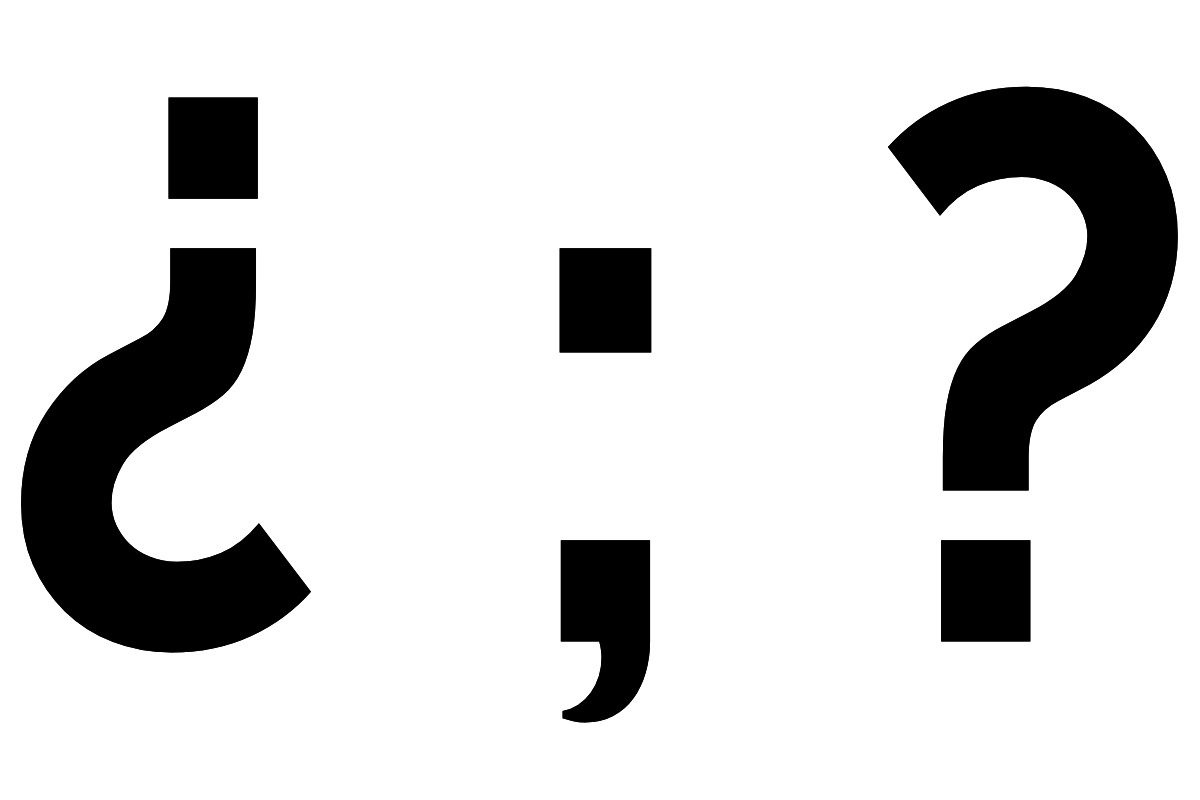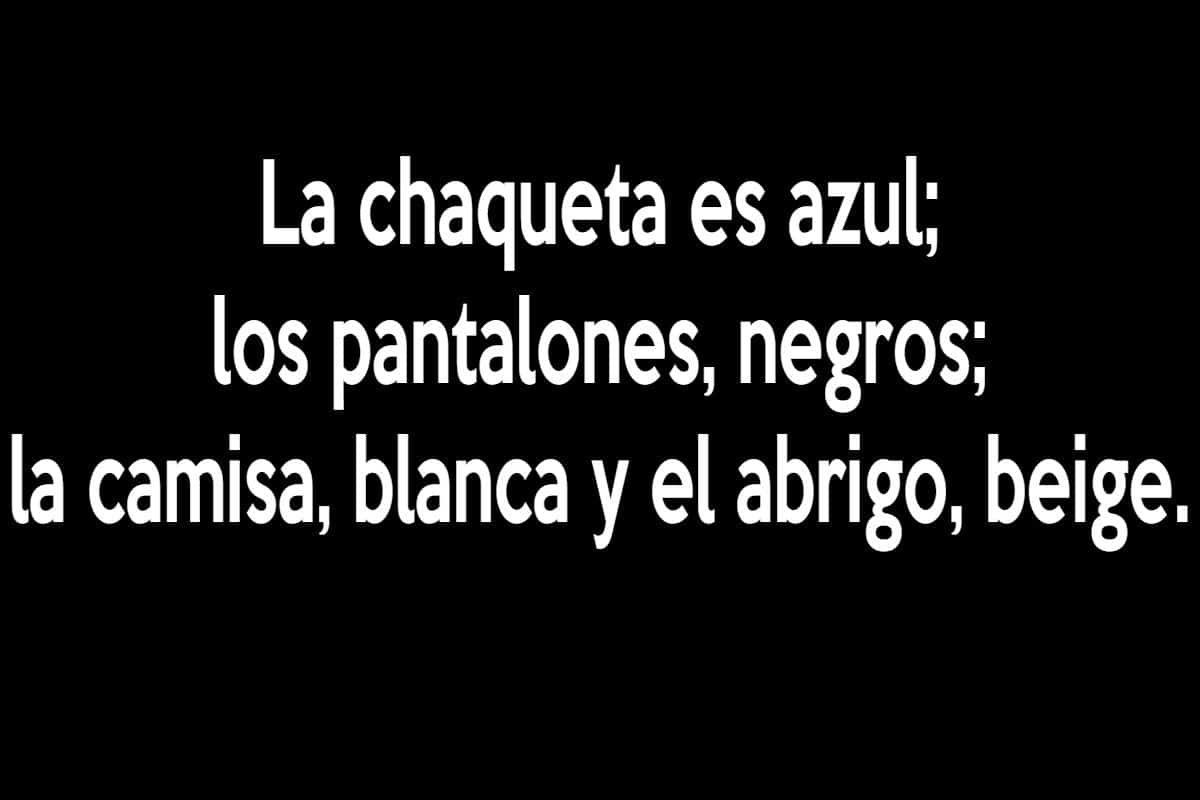
There are times when spelling rules are difficult for us, or we do not remember when they were taught to us, in such a way that we make mistakes when writing. The four types of why, points and question marks, or When to use a semicolon are some questions that arise when writing.
In this case we are going to focus on when to use semicolons. Could you say it? Are you able to list the times when semicolons should be used. Do not worry, we will tell you about this rule so that it is clear to you and you do not make mistakes when writing.
What is the semicolon

The first thing we need you to understand is what a semicolon is. It is a punctuation mark and its use is to indicate a relationship between phrases or sentences. In other words, it is a tool with which a longer pause is produced between two statements that are related to each other.
For example, imagine that you are in a hospital and the doctor comes out to talk to you. At that moment, he tells you:
"There's nothing to do, you can go."
As you can see, we have separated both sentences with a comma. But actually It could also (and should be) put as follows:
"There's nothing to do; you can go."
The reason for using the semicolon is because both sentences are closely related to each other, in such a way that a period would break that relationship, and the comma makes the pause not as big as it should be.
Thus, we are talking about a tool with which you can establish a relationship between sentences, connecting them, but without implying a large (like the point) or small (with the comma) intermediate pause.
When to use semicolons

Have you ever wondered what the semicolon is for? Believe it or not, this has several different uses, although it is normal that only two of them are known. These are:
To separate sentences, whenever there is a relationship between them
These sentences usually have a relationship that can be semantic of cause, effect or consequence.
This is what we have explained to you before. Other examples are here:
The dressmaker has wonderful hands; she is capable of making anything you have in mind come true.
The dog went out alone into the street and no one noticed; he ran around the building until at the end he sat at the door of the house waiting for them to open it.
To separate sentences in which there are commas

For example, when a list is made and commas are used to give more information about each listed item. In order to make it clear that you are talking about something else, the semicolon is used. For example, imagine that fruits are listed. You would have apple, pear, orange... But, what if instead of this, you put: apple, the red ones, pear, the white ones, orange, but only two...
If you pay attention, there are a lot of commas and the sentence would be very long and could often lead to misunderstandings. Therefore, it is better recommended as follows:
apple, the red ones; pear, of the white ones; orange, but only two…
Another example could be:
“I go to class with my friend Sara, who lives in the same building as me; Felipe, who is in the previous block; and Felisa, who is always late”.
Before using adversative, consecutive or concessive connectors
That is, when you use: but, more, although, however, that is, therefore, consequently or therefore (as well as others), you should place the semicolon. But not always, only when the sentence is quite long in length.
Yes, those connectors have to relate the sentences to each other. Otherwise, there would be no point in joining them with the semicolon as well.
Here are several examples:
I want to do it; but I am very afraid of failing and losing money.
You can not go; I haven't finished explaining the theory to you yet.
Not worth it; however, it would be nice if you consider doing it another way.
When a list or relationship is made
This is something that not many know, and in fact there are many failures in this regard. And it is that you should know that a semicolon must be written at the end of each element. Only the last of them would go with a point.
In other words, if you have to list, for example, the ingredients of a recipe, each one of them should be put in lower case and you always have to put a semicolon at the end, except in the last one, which will already go a long way. full stop (meaning you have finished listing).
To make it clearer, we refer to the following:
These are the materials you will need to prune:
-
gloves;
-
protective glasses;
-
pruning shears;
-
ladder;
-
Mountain range.
As you can see, using the semicolon is not difficult; It is actually quite easy to understand, although its application is not always as active as with the comma, or with the point. Now you only have to practice to see if you master it. Believe us that this will make you write better texts. Do you have doubts? Then ask us.